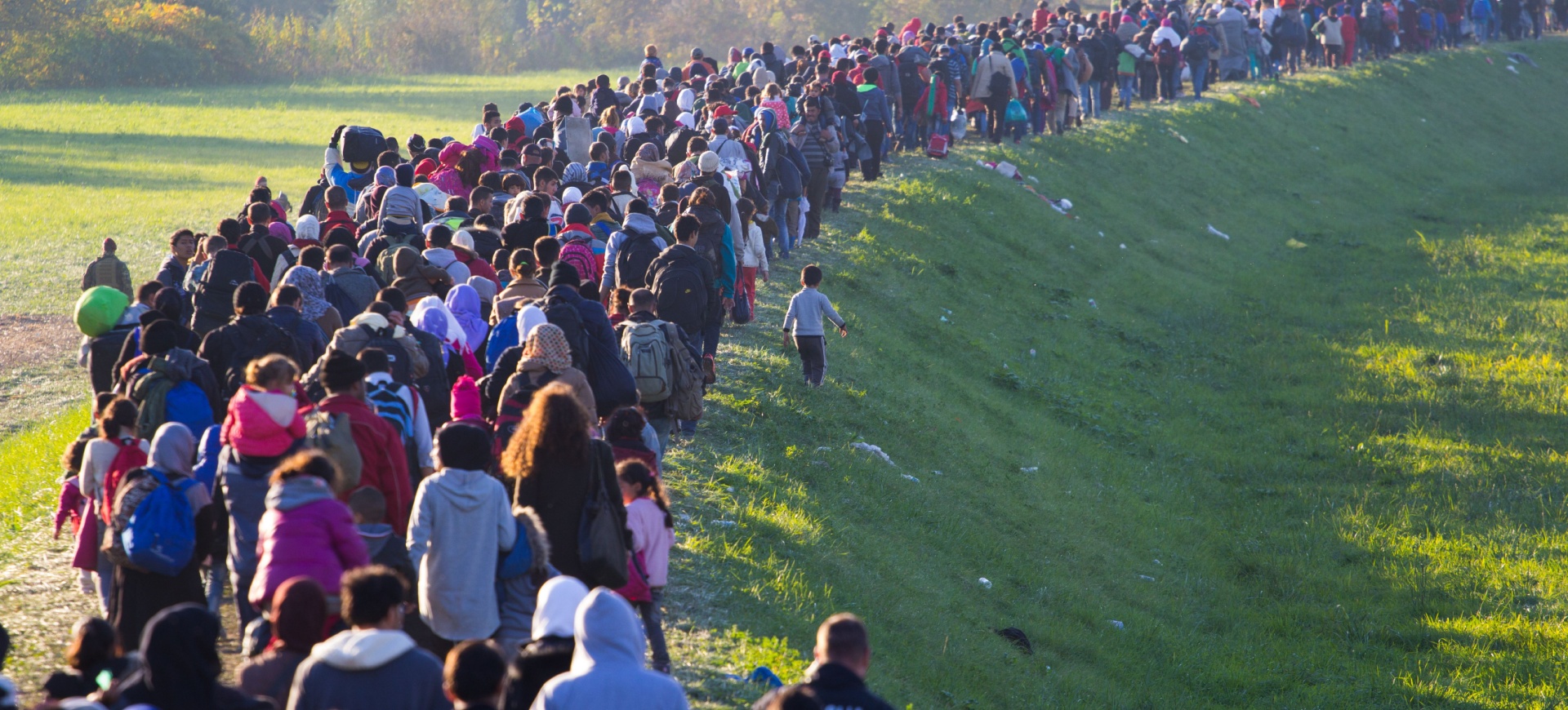A path for migration to work for all
Migration is a central theme shaping the future of nations, but the discussion fails to encapsulate the scale of the migration landscape. At Apulia, leaders must seize the opportunity to pave the way and leverage migration for the greater good
We are at a significant crossroads in the narrative of human movement – a narrative unfolding across every continent, from the bustling streets of Europe to the vibrant communities of Africa, and the rapidly evolving societies of Asia and Latin America.
This year, migration is not just a backdrop; it is a central theme influencing election agendas and shaping the future of nations.
Unfortunately, the migration discussion that is prominent in those election debates focuses on narrow slices of the migration landscape: an overwhelmed host community at a border, people stuck at borders or, tragically, dying at sea.
No one minimises the loss of life, and we also cannot minimise the challenges at borders. Communities seeing a large influx of migrants over a short time face very real and difficult pressures. But when we focus on the border alone, we lose the wider perspective.
A focus on the bigger migration picture would reveal the complex reasons people move, and what these people give and contribute to the places they move to and the places they move from.
The bigger picture
When we look at that bigger picture, we see the broad, rich story of migration – the human stories of aspiration, resilience, and migration’s role in societal advance and global prosperity.
That gives us the ability to understand what we truly gain when we build a more strategic global approach that harnesses the tremendous well of talent inherent in migration.
The International Organization for Migration is part of the United Nations, founded after World War Two to help people displaced by the war find homes.
IOM now has the third biggest footprint of any UN organisation, with more than 520 offices around the world and 175 member states. Our goal is to make migration safer, more orderly and more beneficial for all.
The successful migrant benefits the economy of her host country, she benefits the community she has left through remittances and she benefits herself, by reaching her full potential.
When the pandemic hit, migrants served on the front lines in many countries, continuing to work in health care, education, hospitality and agriculture, despite the health risks they faced.
The pandemic may have receded, but what has not receded is the world’s need for migrants – every country in the world needs nurses, for example – and the migrant’s need for a safe, regular pathway to the jobs that await them.
The world’s need is driven by demographic and economic changes, creating a global competition for talent. Thirty of the world’s largest economies have labour shortages, and, according to the Boston Consulting Group, the cost of those unfilled jobs is more than $1.3 trillion a year.
Ageing populations will exacerbate these labour shortages. By 2050, people over the age of 65 will represent nearly 40% of the population in Japan and Korea. Many European countries are not far behind.
Foreign talent can help alleviate these challenges. It can also drive innovation, providing companies and countries that are willing to embrace future development with a substantial strategic advantage.
Smart, strategic investments in better migration pathways can help deliver this sustainable development.
These investments can also reduce the rising incidence of dangerous and irregular migration that has overwhelmed borders, enhancing the business model of the smuggler and the trafficker.
Overwhelmed systems
Unfortunately, one of the only well-known and available pathways for many migrants is asylum. But asylum systems are often overwhelmed by applications from people who are not fleeing persecution or war, but instead are seeking better economic opportunities.
A regular pathway into an actual job is a much better option. We can provide training before people reach their destination country, so that when they arrive, they can speak the language and find work. We can respond to the needs of individual industries such as in the IT sector or in health care, to provide the skills they desperately need.
We need to build more comprehensive approaches, connecting migration, development assistance, livelihood opportunities and even urban planning in a much more dynamic and strategic manner. A deliberate and inclusive plan would also help fragile economies become stronger and protect women and other vulnerable communities.
The countries that best understand the migration landscape and how it can help their economies will be the ones best positioned to tackle the challenges of this decade and the ones that follow.
The path forward is not without its challenges. But working together, the world’s leading countries are well equipped to meet them and seize the opportunity that migration presents. So let’s collaborate across countries and sectors to craft policies that not only manage migration effectively but leverage it for the greater good around the world.












